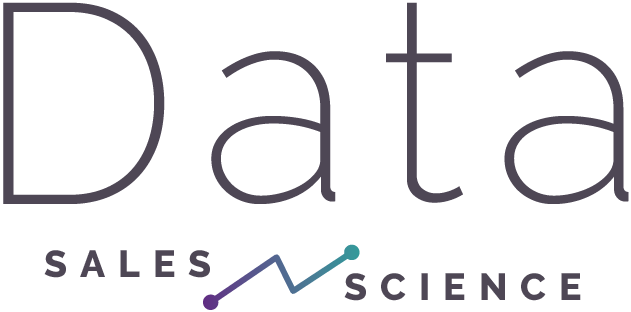This was a question posed to me the other day. I knew instinctively that yes they were, however I wanted to build a solid case so I looked into it on a more analytical level.
After doing a cursory required web search I found a nice white paper by Velocify.com. The solution seemed simple enough; plot the conversion rate vs. the number of total opportunities.
Theory seems sound enough, when a rep is only working a few opportunities their close rate should be relatively high since they can devote a lot of time to each opportunity. The more opportunities in their pipeline, the less time they can spend with each one individually, thus their close rate decreases.
I pulled the data from our CRM (Salesforce.com), all opportunities created in the last year, binned by week, and also whether we won the opportunity at any time (I’ll save funnel velocity measures for another time). Note none of the numbers herein are real.
For our specific case, the data wasn’t particularly clear since the conversion rate had a roughly 15% spread and the total number of opportunities was also in a relatively compressed band since we had a mostly “constant” addition to our pipeline week by week.
To obviate the results I made a log-log plot that I hoped would amplify the results.
The results illustrated by a linear trend line are pretty astounding. As the number of opportunities increased, the number of converted opportunities dropped, however there was a well defined threshold point after which the conversion rate dropped like a stone.
From here I was able to parse the data and look at the overload from different vantage points such as by market segment, and even by rep as they absorbed and or gave up territories.
How do you determine that your reps are getting overloaded?


Leave a Reply